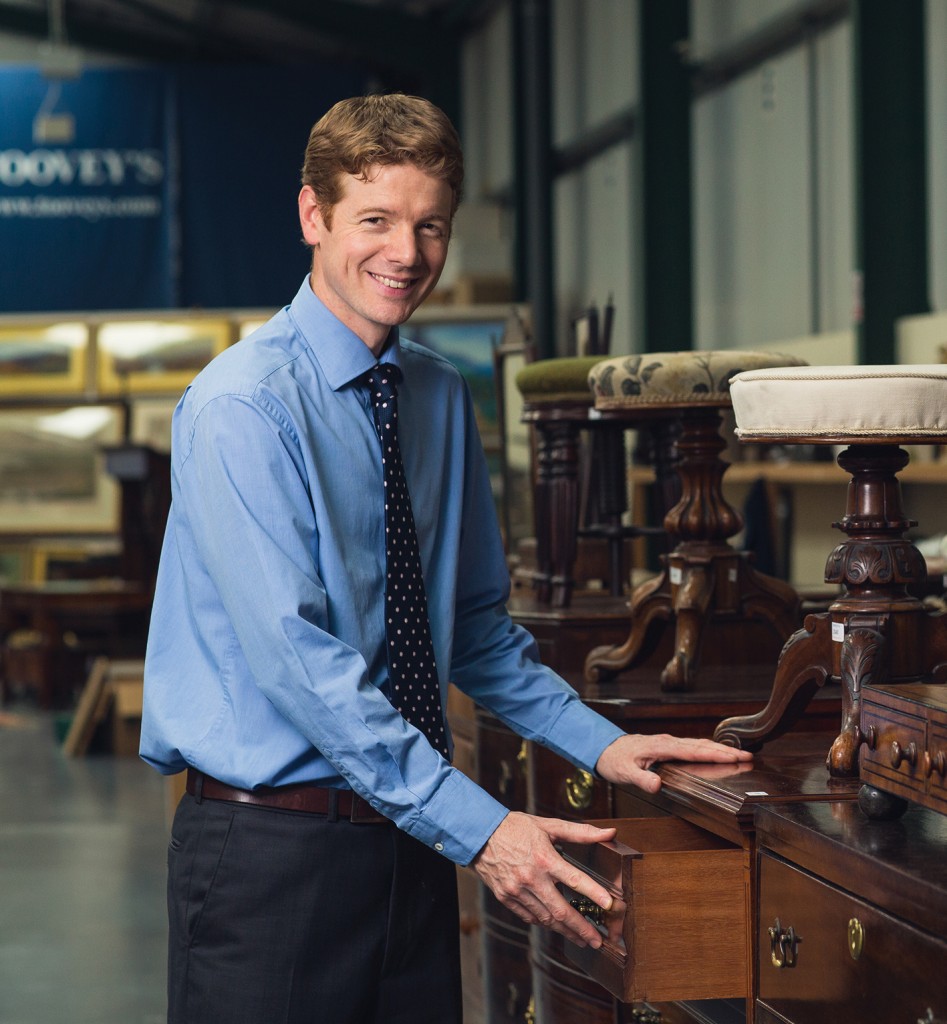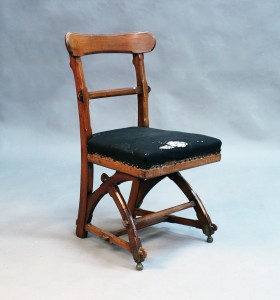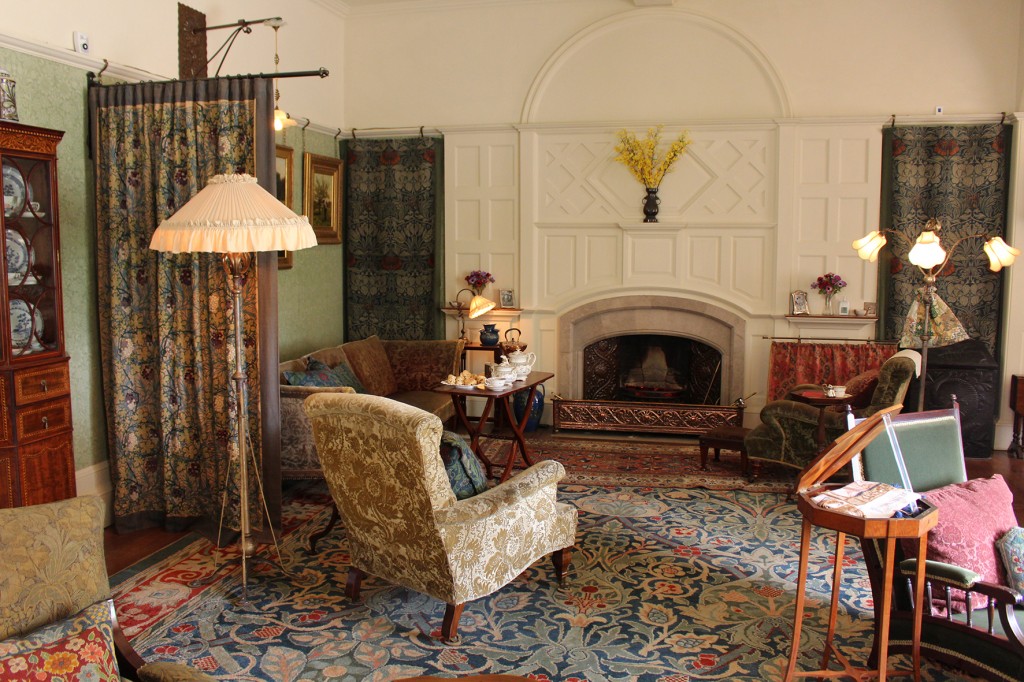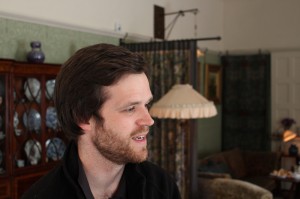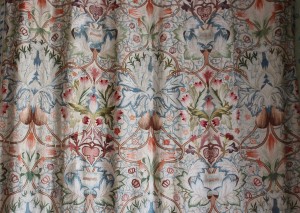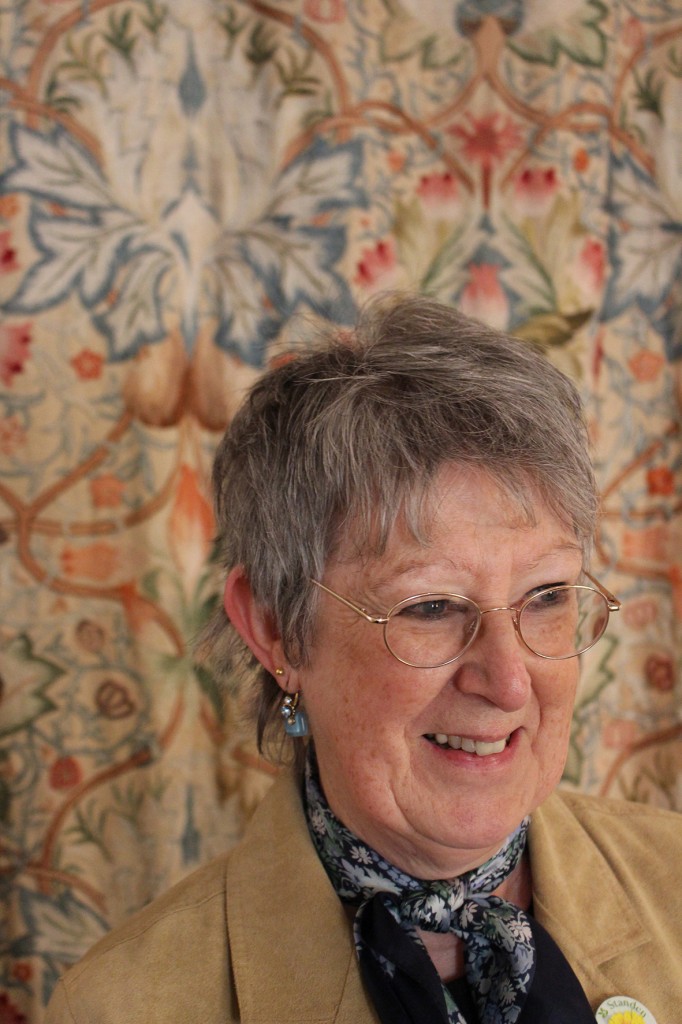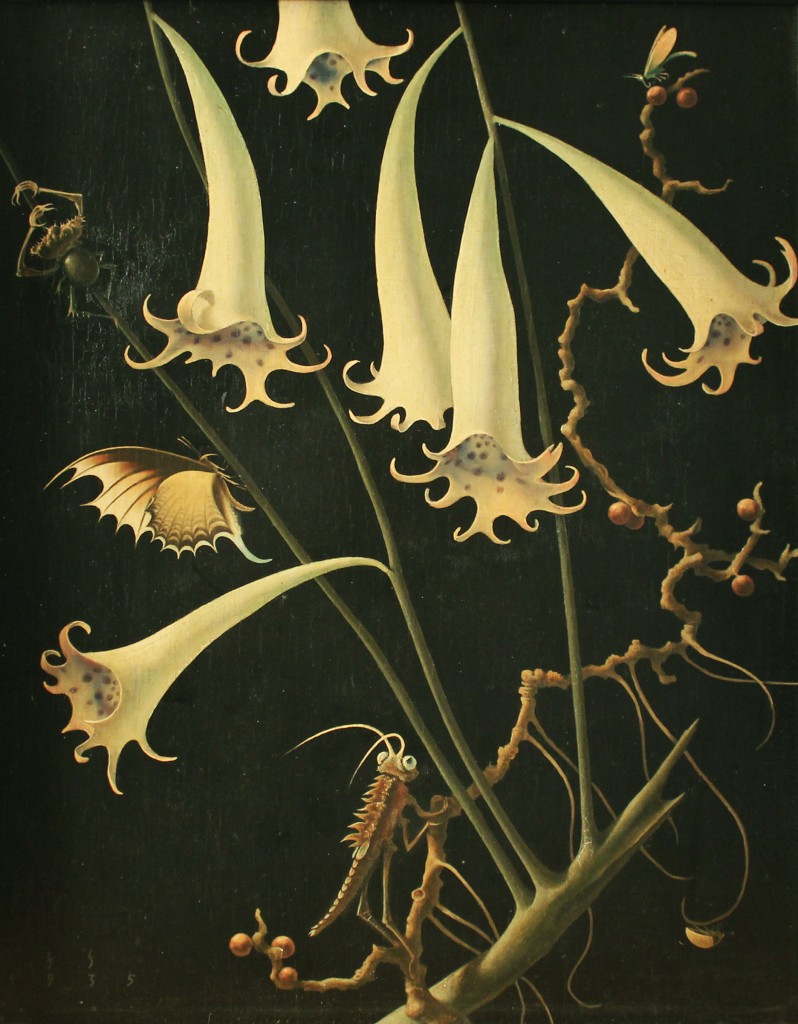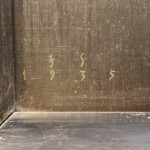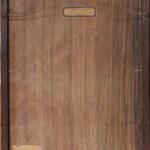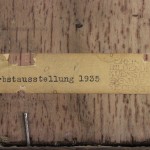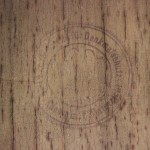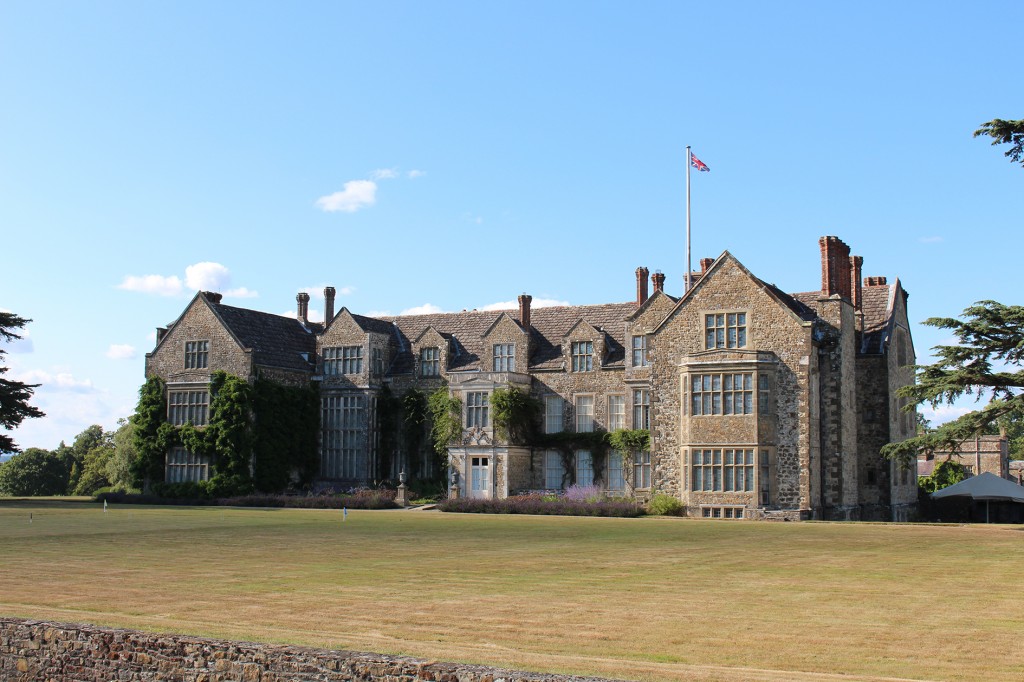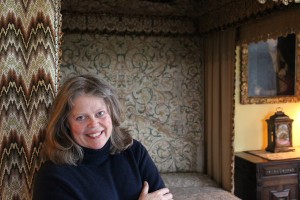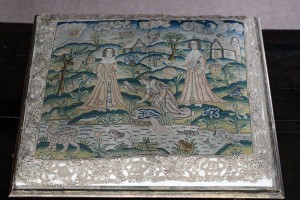
The artist Alphonse Mucha has been described as ‘monumental figure’ in the Art Nouveau Movement. His postcards are rare and highly sought after.
Art Nouveau was a reaction to academic art of the 19th century schools of Realism and Impressionism. It often combined forms and structures inspired by nature with curved lines.
Toovey’s postcard and paper collectables specialist, Nicholas Toovey, comments “Throughout my career the postcards which have delivered the highest sums of money at auction have been postcards of Titanic interest, those relating to the Suffragettes and the Art Nouveau movement.”
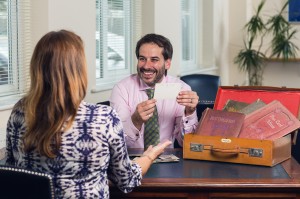

I ask Nicholas about the collection of Mucha postcards already entered by a Sussex collector into his next specialist sale to be held on 11th August 2015. He replies “Alponse Mucha has always been prized by collectors for his artistic expression of the Art Nouveau. In my opinion he is the very best of the Art Nouveau artists.” Influenced by his relationship with Sarah Bernhardt, the leading actress of the Belle Epoch in 1870s France, Mucha produced posters, advertisements and menus in Paris. With the exception of ‘Le Mois’ and some other seasonal designs, his postcards are generally small images of large posters or cover designs. Rich in the symbolism of nature they idealize the female form. The fluidity of the arabesques of their hair and the foliage still engage the senses of the viewer today.
My eye is taken by a postcard of a lady in a white dress, her arms are outstretched and she is seated in a throne-like chair beneath a crescent design. Nicholas explains that this postcard is a copy of a design for the Societe de Bienfaisance Austro-Hongroise which Mucha produced in 1898. He says “This card is very rare. It’s estimated that there are only between thirty-one and seventy-five examples in the world.” The palette is subdued, almost faded, which is typical of Mucha’s work. These particular postcards are chromolithographically printed, a form of colour printing developed in the 19th century.
The series ‘Le Mois’ is the most famous of the sets from the Paris publisher, F. Champenois, who issued most of Mucha’s graphic works. The twelve ‘Le Mois’ postcards have titles reflecting the months of the year, seen here is the card for June. Each provides a romantic Art Nouveau depiction of a young woman emblematic of the season.
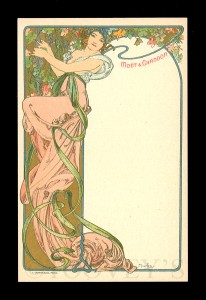
Strict postal regulations at this date meant that you could only write the address and fix the stamp on the back of the card. Therefore, space was left for your message on the front. Nicholas explains that, although not detrimental to the value, a premium is always paid for them in such wonderful unused condition as seen in this example. Postcards by Mucha in this condition can achieve over £100 for a single card. But they still represent exceptional value to the collector seeking a period example of Mucha’s work.
In 1900 F. Champenois published a set of ten menu cards after watercolour designs by Mucha. These were distributed by, and bear the name of, the famous champagne house Moet & Chandon. The design allows space to write your menu framed by ‘The Lady in a Pink Dress’ who holds a vine.
Toovey’s next specialist sale of Postcards and Paper Collectables will be held on Tuesday 11th August 2015 and entries are still being accepted. Toovey’s postcard and paper collectables specialist, Nicholas Toovey, is always pleased to offer advice whether you are interested in selling or acquiring postcards in this buoyant market. He is a member of the Postcard Traders Association and can be contacted on 01903 891955 or via auctions@tooveys.com.
Revd. Rupert Toovey. Originally published on 10th June 2015 in the West Sussex Gazette.
